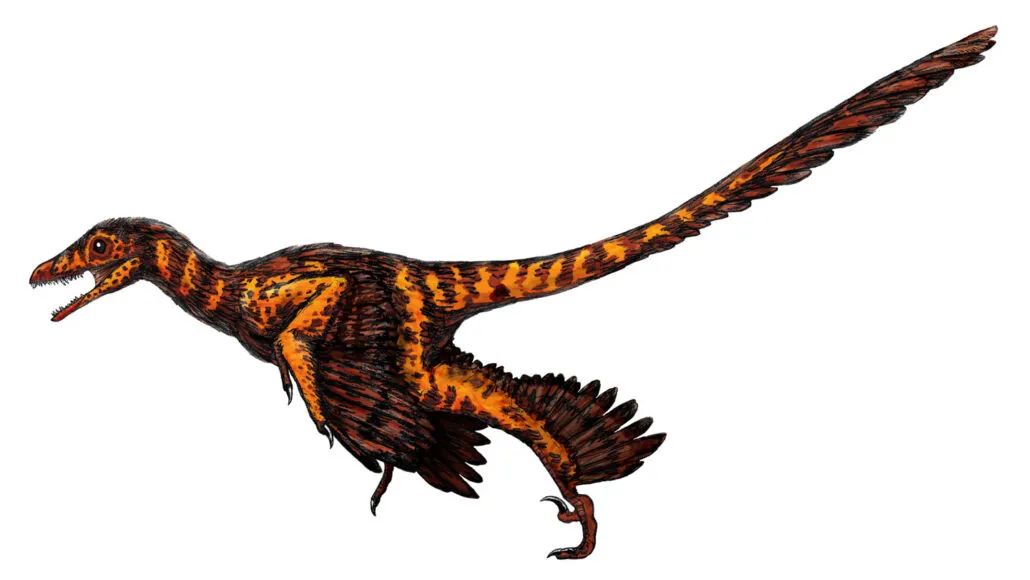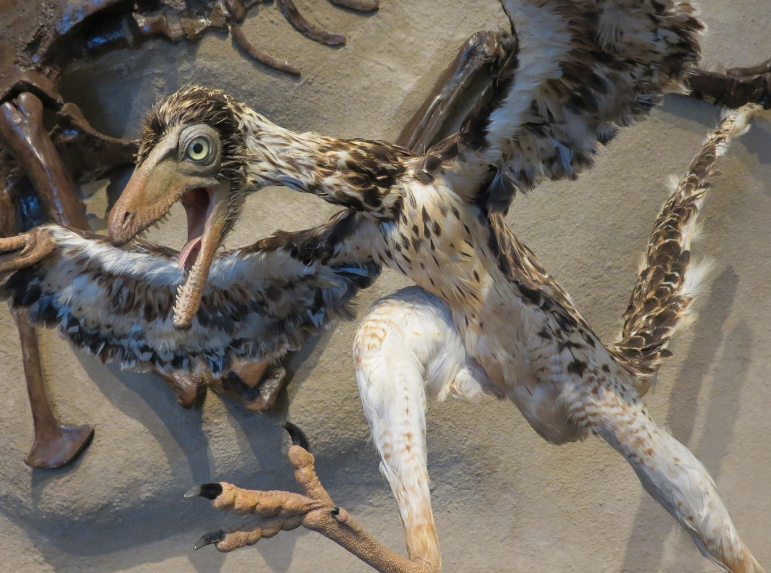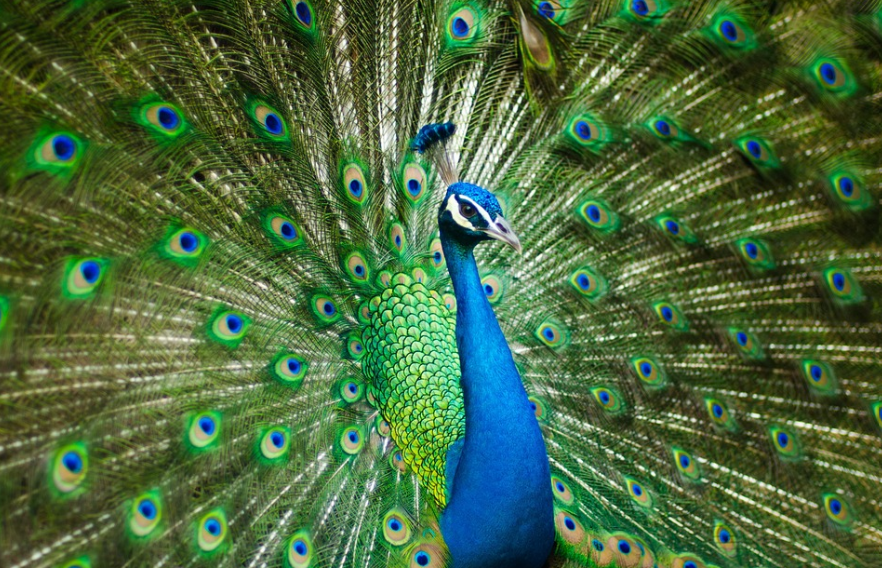Scientists are now increasingly convinced that feathers did not evolve for flight. We know that birds evolved from reptiles. Reptiles (such as dinosaurs) originally developed feathers to keep warm and help them attract mates. But some non-avian dinosaurs with feathers could not fly like birds. At most, they catapulted themselves into the air and glided from one place to another, rather than truly flying.This point was introduced in the article "There were actually no flying dinosaurs, we have been wrong about it before."

In our conventional cognition, feathers and flight seem to be closely linked. Birds fly freely in the sky with their light feathers, and their agile posture seems to be the exclusive dancer of the sky. But can you imagine? The original purpose of animals evolving feathers was not for flying.
Scientists have found in their research on prehistoric dinosaur fossils that the feathers of prehistoric dinosaurs that later evolved into birds have a multi-layered structure, just like a warm "coat" carefully woven by nature, which mainly plays a key role in maintaining body temperature.


Take Anchiornis and Archaeopteryx as examples. These two prehistoric species have both dinosaur and bird characteristics. Their wings are very different from those of modern birds. They are composed of long layered feathers. These feathers are relatively soft due to the slender feather shafts. Although they can form a strong wing surface, they are far from the soft and aerodynamic structure of modern bird feathers.
The original feathers were more like a simple insulation device to help prehistoric animals maintain body temperature in cold environments. Imagine that in the ancient ice and snow, these animals with primitive feathers were like wrapped in a natural blanket, struggling to survive in the cold wind. And this feather evolved for warmth has become an important guarantee for their survival in harsh environments.
Over time, after millions of years of natural evolutionary selection, feathers have gradually changed. The simple warmth-keeping feathers at first began to evolve into more complex functions. In this process, feathers first developed features such as show-off and camouflage.

Just like the peacocks today, the colorful feathers of male peacocks spread out like a huge rainbow fan when courting, attracting the attention of female peacocks. This is a vivid manifestation of the feathers' show-off function; and the feather colors and patterns of some birds can blend into the surrounding environment, allowing them to cleverly hide in front of predators, which is a display of the feathers' camouflage function.
As feathers continue to evolve, the body structure of animals is also changing. Their bones gradually become lighter and their muscles become more developed, all of which create favorable conditions for flight. Those animals that originally could only rely on feathers to keep warm began to try to use feathers for some simple flying activities. From the initial limited gliding flight to the ability to achieve true flight by flapping wings, this process is full of countless challenges and opportunities.
The evolution of feathers not only changed the way of survival of individual animals, but also had a profound impact on the entire ecosystem. For animals with the ability to fly, their range of activities has been greatly expanded. They can easily cross mountains, rivers and oceans to find richer food resources and more suitable living environments. This gives them an advantage in competition with other animals and promotes the differentiation and development of species diversity.
In the ecosystem, flying animals have become a unique link. They play an important role in the food chain, both as predators and prey. Their existence affects the survival and reproduction of other organisms and maintains the balance of the ecosystem. For example, some small flying birds feed on insects, effectively controlling the number of insects and preventing insects from over-breeding and damaging plants; and they themselves become prey for large birds of prey, providing a source of food for them.
The evolution of feathers is a miraculous process, which allows us to see the continuous adaptation and evolution of life over a long period of time. Feathers, which originally appeared for warmth, eventually led animals to conquer the sky and opened a new chapter in biological evolution. This also makes us marvel at the magical creativity of nature and the endless mysteries in the process of biological evolution.
animal tags:
We created this article in conjunction with AI technology, then made sure it was fact-checked and edited by a Animals Top editor.